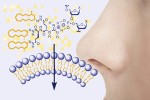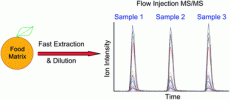A sensor to be injected into the skin just like a tattoo that measures sodium concentrations in the blood has been developed by Heather Clark from Northeastern University and colleagues.
To find out more about how plastic nanobeads and fluorescence have been used in this way, read Fran Burgoyne’s news article at Highlights in Chemical Biology or click below to access the Integrative Biology article in full for free.
In vivo sodium concentration continuously monitored with fluorescent sensors
J. Matthew Dubach, Edward Lim, Ning Zhang, Kevin P. Francis and Heather Clark, Integr. Biol., 2011
DOI: 10.1039/c0ib00020e


















